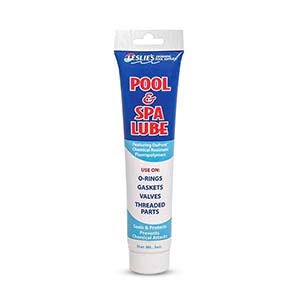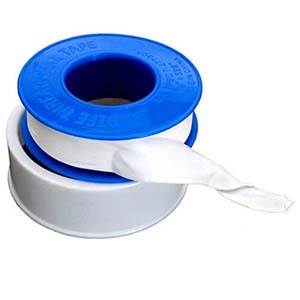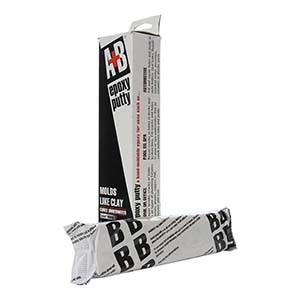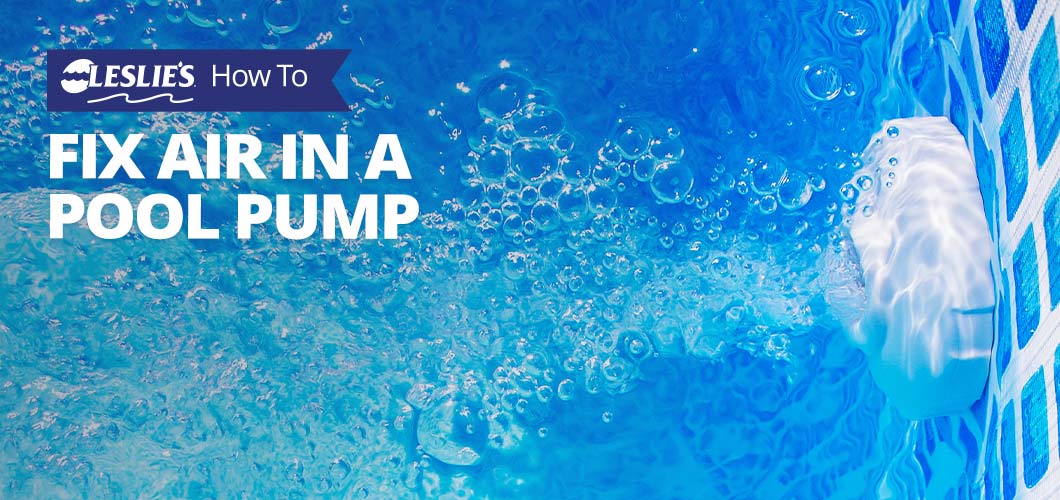
How to Fix Air in a Pool Pump
Seeing large air pockets through the lid of your pool pump? Are bubbles flowing freely from your return jets? No matter the scenario, air in the pool pump is actually a common issue for pool owners. Luckily, it’s usually pretty easy to troubleshoot the root of the problem. In this post, we’ll walk you through some of the most frequent causes of air in pools. Then we'll help you learn how to fix it, so you can get back to doing what you enjoy most – swimming!
How is Air Getting Into My Pool?
There are several reasons you might be seeing bubbles in the pool. Some are considered normal, while others may be problematic.
Small Bubbles Caused by Sanitization System

Some types of air in the pool are completely normal. For example, if you have an ozone generator or saltwater chlorine generator, you may notice a steady stream of tiny bubbles flowing from one or more returns as those units sanitize your pool water. This is a sign that the unit is doing its job. Your user manual will have more information about what a normal sanitizer bubble output will look like.
Large Surge of Bubbles When Pump Starts Up
If a big rush of bubbles enters the pool every time the pump turns on, then subsides after a couple minutes, you’re likely dealing with a substantial leak somewhere between the pump and your returns. Depending on the position of the leak, it may be drawing air into the system while the pump is off. This might happen as water from the pipes and/or filter drains into the pool (or out of the leak). When the pump turns back on, it forces this air out through the returns, causing a rush of bubbles that subsides after a minute or two. If bleeding the air from your filter tank doesn’t resolve the issue, start looking for the source of the leak. The most likely locations would be your filter valve (faulty gaskets and o-rings) or any unions or fittings after the pump (bad seal).
DIY TIP: Need help pinpointing leaks in your pool system? Check out our blog post, How To Find and Fix a Pool Leak in 3 Easy Steps. In this post, we walk you through the steps to not only identify the signs of a leak, but also how to pinpoint the exact location of the leak, and finally, how to fix it.
Air in the Pool Pump
As you’ll see below, most air in the pump is due to a leak between the skimmer and the pump impeller. Generally speaking, the path of least resistance is for the pump to draw air. It's much easier than drawing water when the lines are under vacuum. If you have an air leak somewhere before the impeller, you may also notice water slowly dripping there whenever the pump is off.
Some of the more common reasons air gets inside a pool pump include:
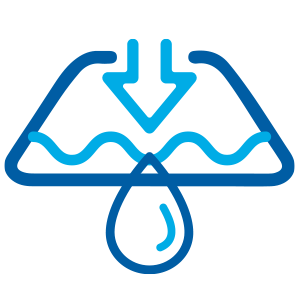
Low Water Levels
If the pool water level drops too low, the skimmer will begin to suck air into the pump. Make sure the water level stays at least halfway up the mouth of the skimmer at all times. Pool toys or noodles can also block the flow of water into the skimmer, allowing air to enter the pipe. Sometimes, the skimmer weir becomes stuck in a vertical position, which will block water flow into the skimmer.
Bad Seal on the Pump Union or Threaded Adapter
The threaded fitting or union half that screws into the front of the pump (where the water enters) must be tight. It should also be sealed with thread sealant when installed. If the pump overheats, these fittings can shrink and warp slightly, allowing air to enter the system while the pump is on. It may also spray water suddenly, or drip water when you shut the pump off.
Leaky Skimmer or Drain Valves
The valves for the suction side pipes, skimmers, and main drain can lose the seal around the lid or handle, allowing air to enter the pipe. Internal o-rings on the diverter stem or the valve cover o-ring that make a poor seal will draw air when the pump is running.
Poorly Sealed Pipe Fittings, Unions, or Pump Drain Plugs
Some PVC joints may not have been fully glued, or may develop a small air leak over time. Unions or check valves in front of the pump are more often an issue when they are loose or make a poor seal to the internal o-ring. Finally, if your pump has two drain plugs, the front drain plug must make a tight seal. Otherwise, again, air can enter the pump quite easily.

Pump Lid Problems
The most common issue that causes air in a pool pump is a loose pump lid. The top cover of the pump must be very tight, making an airtight seal with the pump lid o-ring. O-rings must be clean, well lubricated with Teflon- or silicone-based pool lubricants, and not cracked or split. Check the o-rings often, and replace them if you notice any damage. Less commonly, plastic pump lids can warp or crack, allowing air to seep into the pump.
OK, So What’s the Big Deal?
How much air is too much? Can air in the pump or filter actually cause damage? In both cases, it depends. At best, air in your plumbing system will create inefficient filtration and circulation. But at worst, it can overheat the motor or over-pressurize your filter, causing damage to your equipment.
In a perfect world, the clear lid on your pump basket would show no air at all. However, it’s not uncommon for many pumps to have a very small amount of air in the pump basket, and you may occasionally see a tiny bubble or two under the lid. Small amounts like this are generally considered normal, and are nothing to worry about.
However, large amounts of air in the system can lead to all sorts of problems with your pool equipment. For example, low water levels in the pump can cause it to lose its prime, stopping all circulation, and potentially cavitating the pump and/or overheating and permanently damaging the motor assembly. If water can’t flow properly, and your filter can’t work efficiently because it’s starved for water, you’ll soon face issues with cloudy pool water. Or worse, you’ll have prime conditions for an algae outbreak. A filter that takes on too much air can over-pressurize, and they can even explode if the pressure gets too high.
DIY TIP: If you’re having trouble with your pool pump, you can always bring it to your local Leslie’s store for fast, hassle-free repairs. Take advantage of our free in-store labor on all pump and motor repairs – all you pay for are the parts. The same is true if you need help rejuvenating a leaky pool filter valve.
If you notice air getting into the pool, it’s best to troubleshoot and fix the source of the issue right away. This will keep your pool water crystal clear and your equipment working as efficiently as possible, saving you both time and money.
How To Fix Air Leaks in Your Pool System
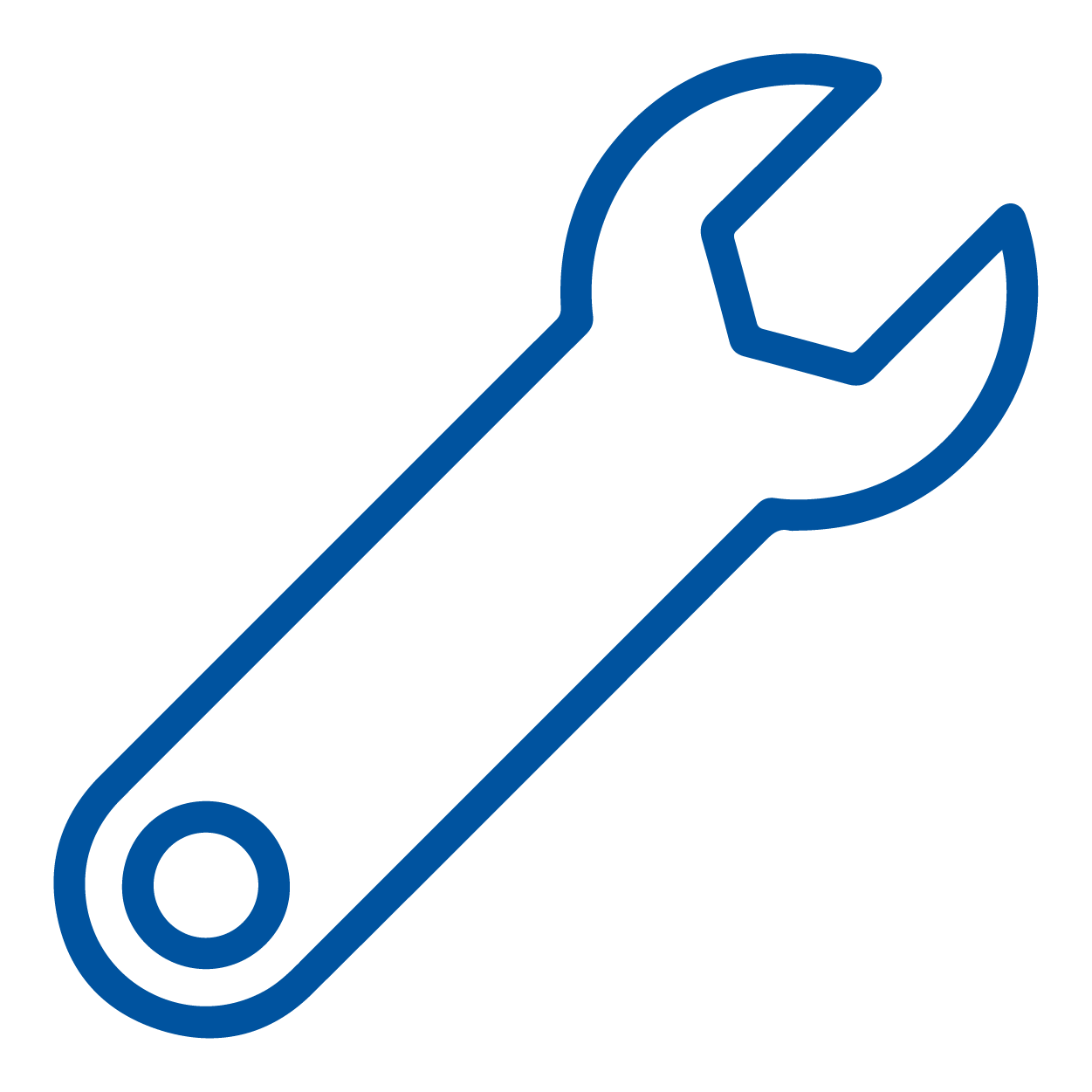
When there’s a near-constant stream of air bubbles coming out of your pool returns, the first step is to find the source of the air leak. Our list of common leak locations above can help you quickly find and fix the source of the problem. For more advanced troubleshooting tips, head over to our other blog post, How To Find and Fix a Pool Leak.
A bit of pool lube, Teflon tape, high-temp silicone sealant, pool putty, a replacement fitting, or a gasket/o-ring kit can resolve most leak issues in plumbing lines and pool equipment. These are all handy items for pool owners to keep on hand for emergency repairs!
Air in the pool pump can affect many pool owners at one time or another. With a careful look, most pool pump air problems can be diagnosed and fixed quickly.
